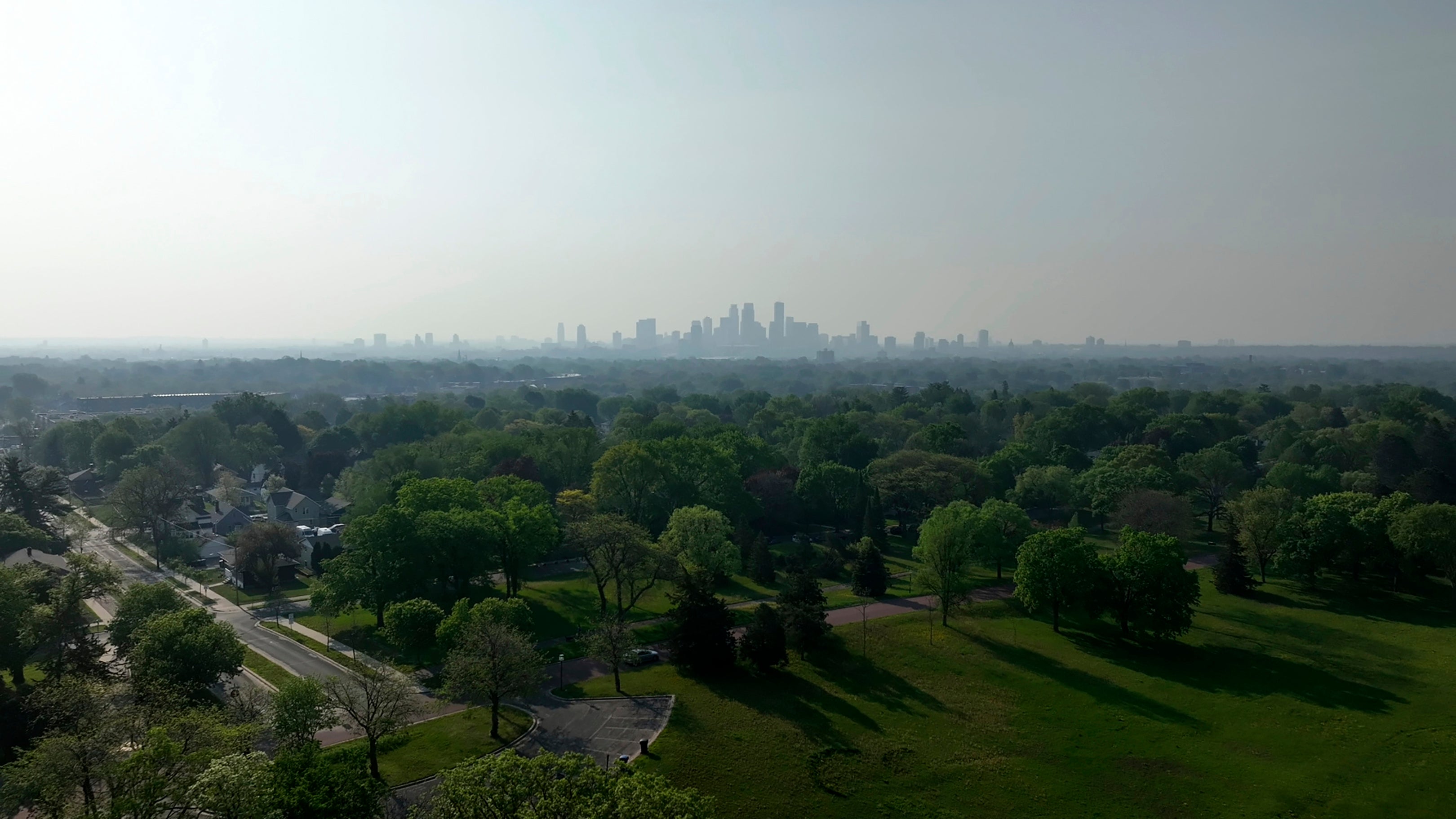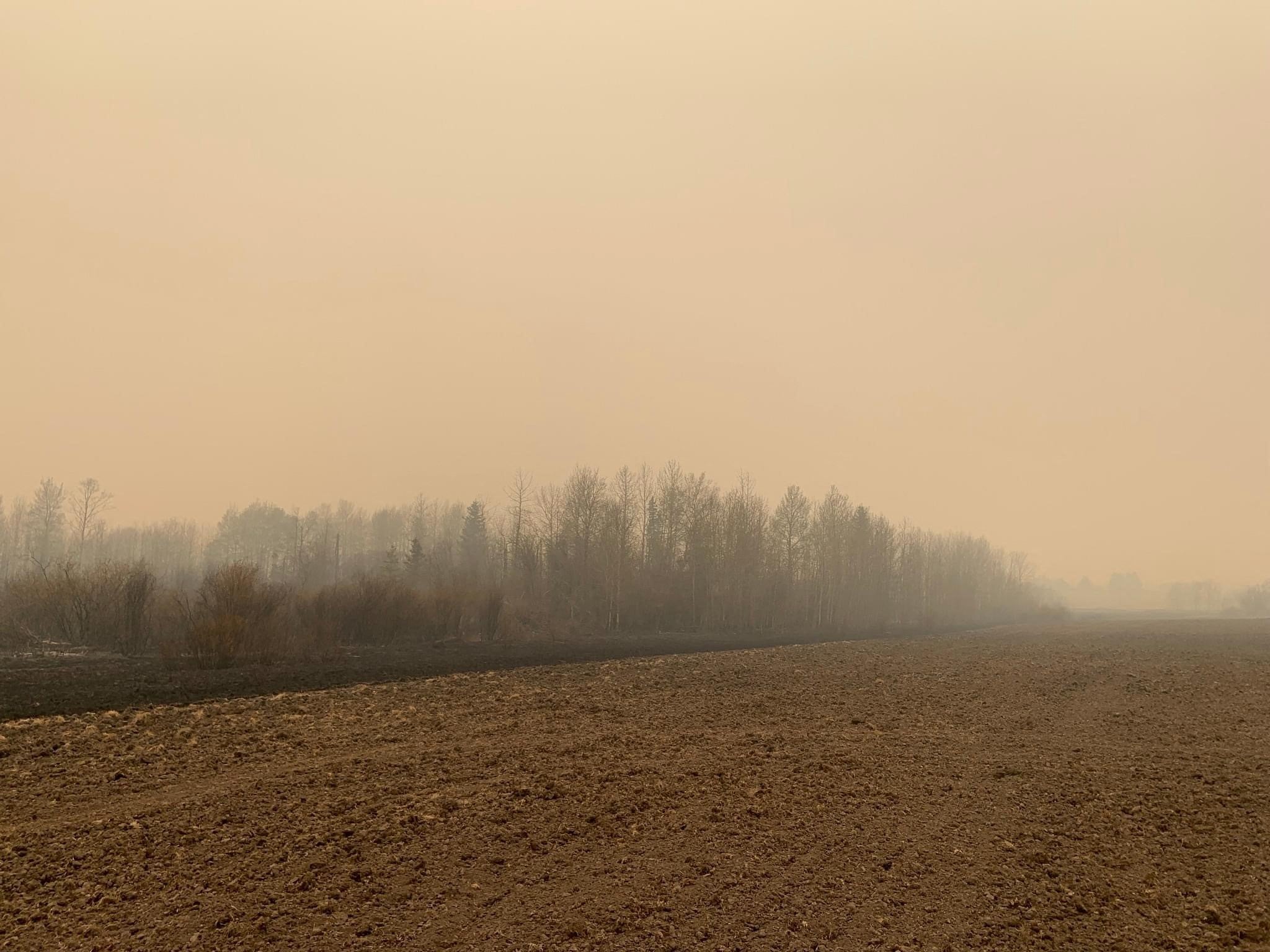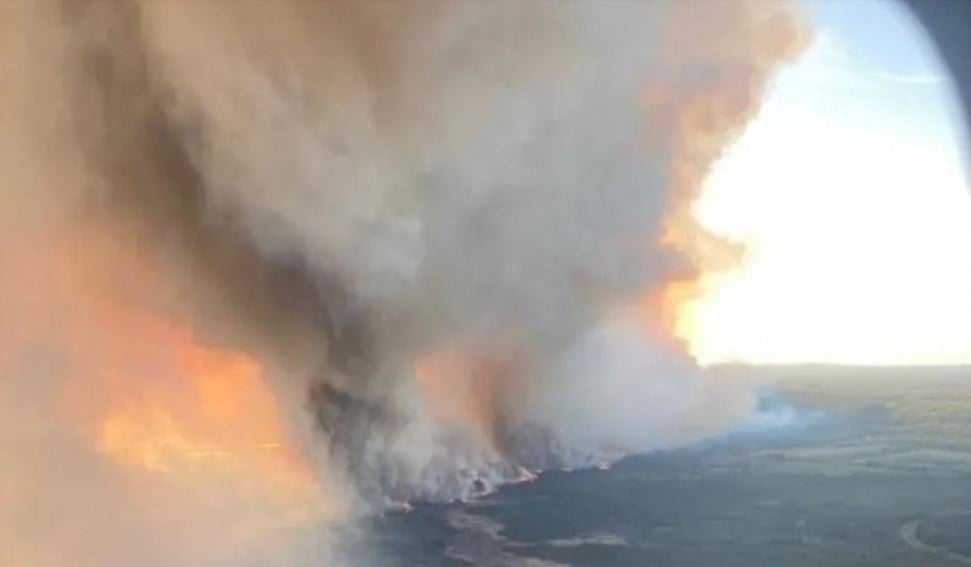Wisconsin and Minnesota under air quality warnings as smoke from Canadian wildfires spreads
Residents should limit time outside due to unhealthy levels of smoke in the air, officials said


Regions of Minnesota and Wisconsin are under air quality alerts as smoke rolls in from devastating Canadian wildfires.
The thick smoke is rolling into the Great Lakes region as more than 100 wildfires rage in British Columbia on Monday. The largest blaze, the Parker Lake wildfire, has now forced more than 3,000 people to evacuate as the flames threaten the small town of Fort Nelson.
Now, wind gusts have blown the smoke to southern Minnesota and much of central Wisconsin, leaving thousands under air quality alerts.

The southern half of Minnesota is under a red air quality index category, according to the state’s pollution control agency. The alert means the air is unhealthy for all residents, rather than just those with underlying health conditions. People with asthma and heart disease are among the most vulnerable, as well as children and the elderly.
Meanwhile, Wisconsin residents are facing an air quality advisory for sensitive groups, according to state officials.
Residents in impacted areas should avoid being outdoors for prolonged periods, officials in both states said.

The Parker Lake wildfire began on 10 May due to a “strong wind event,” officials said. It has burned more than 5,000 hectares, or 20 square miles, as of Monday.
A Sunday evening cold front brought another series of strong wind gusts that caused the flames near Fort Nelson to spread rapidly. Winds are expected to continue throughout Monday. Cliff Chapman, the service’s director of operations, warned remaining residents should leave immediately.

“If you are still in Fort Nelson or anywhere in the evacuation order of the Parker Lake wildfire, I encourage you to leave,” Mr Champan said in a Sunday evening video. “The fuels are as dry as we’ve ever seen. The wind is going to be sustained and it is going to push the fire towards the community.”
“Escape routes may be compromised and visibility will be poor as the fire continues to grow,” he continued.
Ben Boghean, fire behaviour specialist, said on Sunday that years of drought also made the region prone to wildfires this year.
The fire is expected to spread south and southwest towards the US — but winds are expected to slow down on Tuesday, reducing the spread, Mr Boghean said.
Join our commenting forum
Join thought-provoking conversations, follow other Independent readers and see their replies
Comments